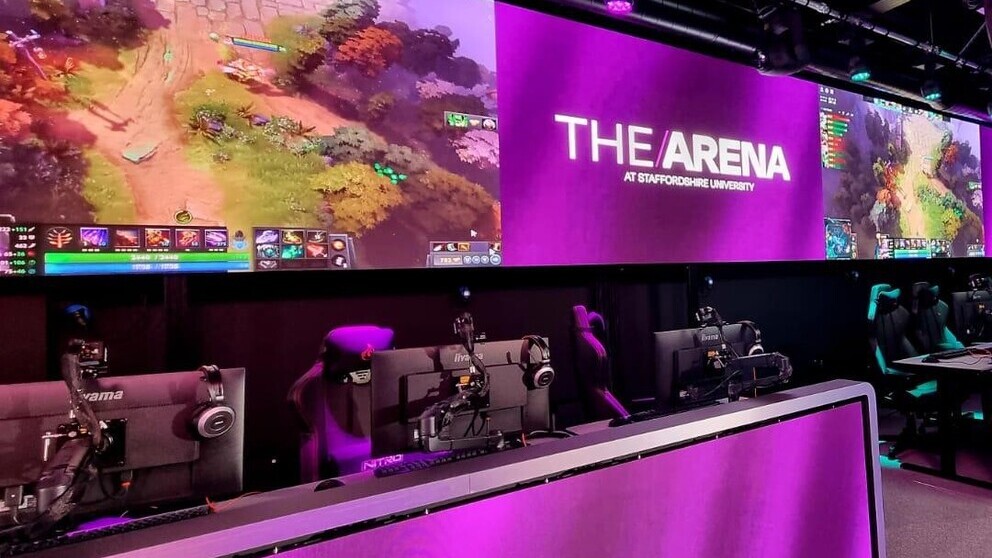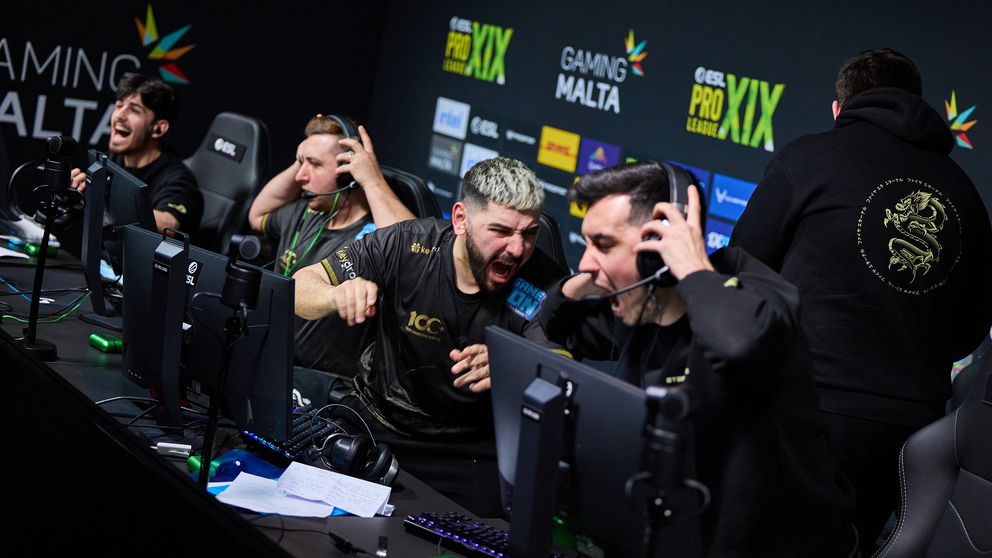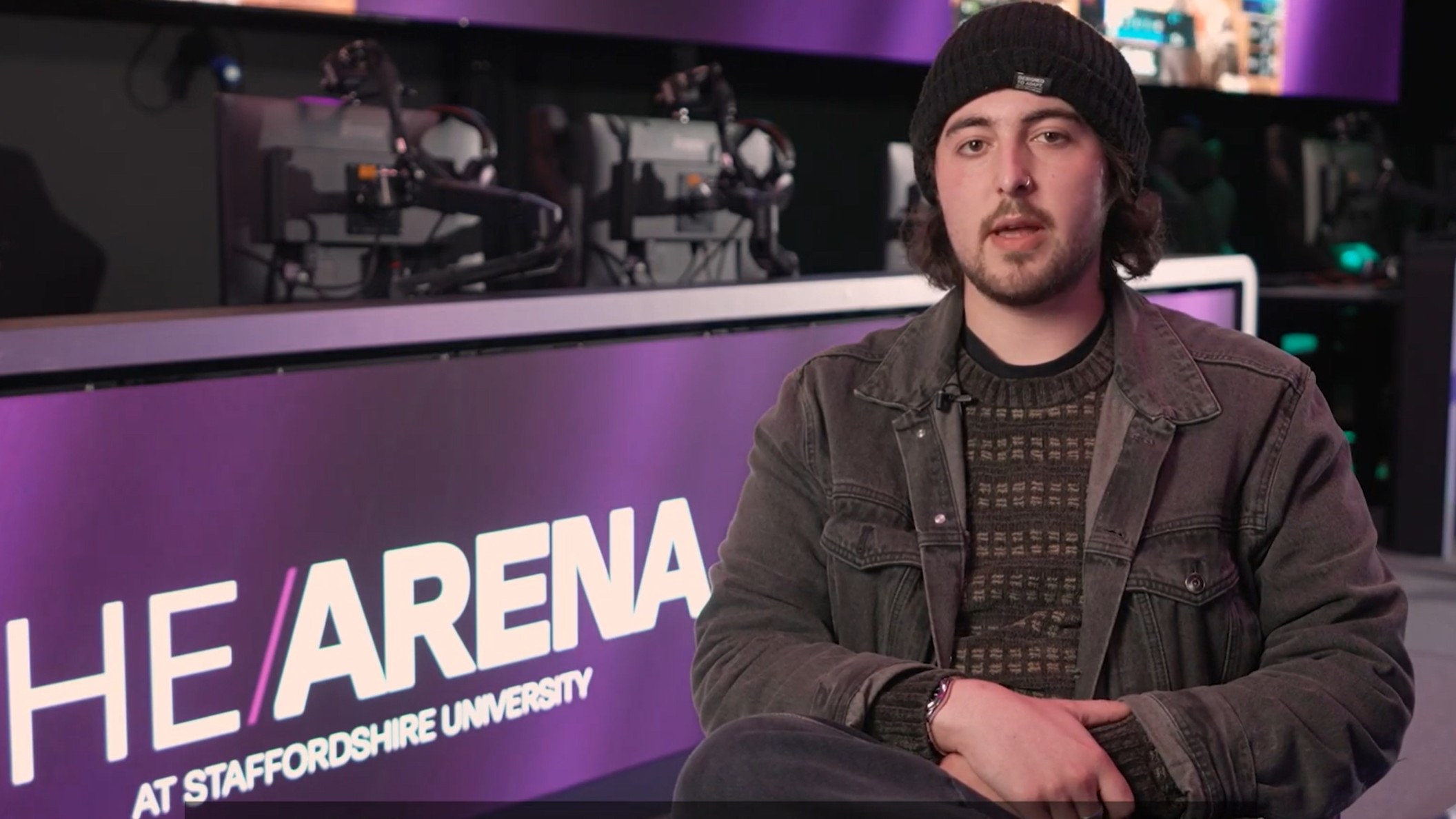IBC365 has kicked off its series of bitesize tutorials, which offer a peek behind the scenes of the industry’s most pressing trends. Part 1 introduced speakers from Staffordshire University’s £2.9 million expanded esports provision discussing the growth of esports, the future potential for broadcast solutions and the cutting-edge technology used in the University’s brand-new arena.
The university, which has been running esports courses since 2015, approached Digital Garage to plan out the building of the facility, a build that included installing a Panasonic Kairos vision mixer and SMPTE 2110 for video to enable flexible, multi-purpose use of the facilities.
Esports Episode 1: Where are we now?
Episode 1 runs through the timeline from where it all began to the current climate and “who is watching”, from LAN parties and ‘clan’ formation, to world-class stadium events and how esports are now colliding with other broadcast media.
“Esports today is a place that...
You are not signed in.
Only registered users can view this article.

Behaviour-based data: Defining the advertising audience
A shift to defining audiences based on behavioural characteristics, allied to greater use of programmatic trading, could help boost the TV ad market, Xperi’s Chris Kleinschmidt tells IBC365.

How sport is embracing DTC at both ends of the playing field
Kevin Emmott reports on how two English football clubs at starkly different points of the football pyramid are going direct to fanbases with their content output.

Sustainable streaming: Delivering a greener vision for OTT
Increasingly powerful analysis platforms, infrastructure optimisation, improved resource utilisation and new methods of compression are among the developments helping the streaming sector to reduce its environmental impact, writes David Davies.
Creating a new sense of place for Welsh media innovation
The emergent virtual production scene in Wales has been boosted by the arrival of two new world-class facilities in recent months, both secured with the collaborative backing of Media Cymru. James McKeown spoke to Media Cymru’s Deputy Director, Professor Sara Pepper OBE, about the consortium’s mission to put Wales on the global media innovation map.

Flawless AI: “You can't put new lines in people's mouths without consent”
AI tools like Flawless visual dubbing are making a strong case for standard use in Hollywood.




